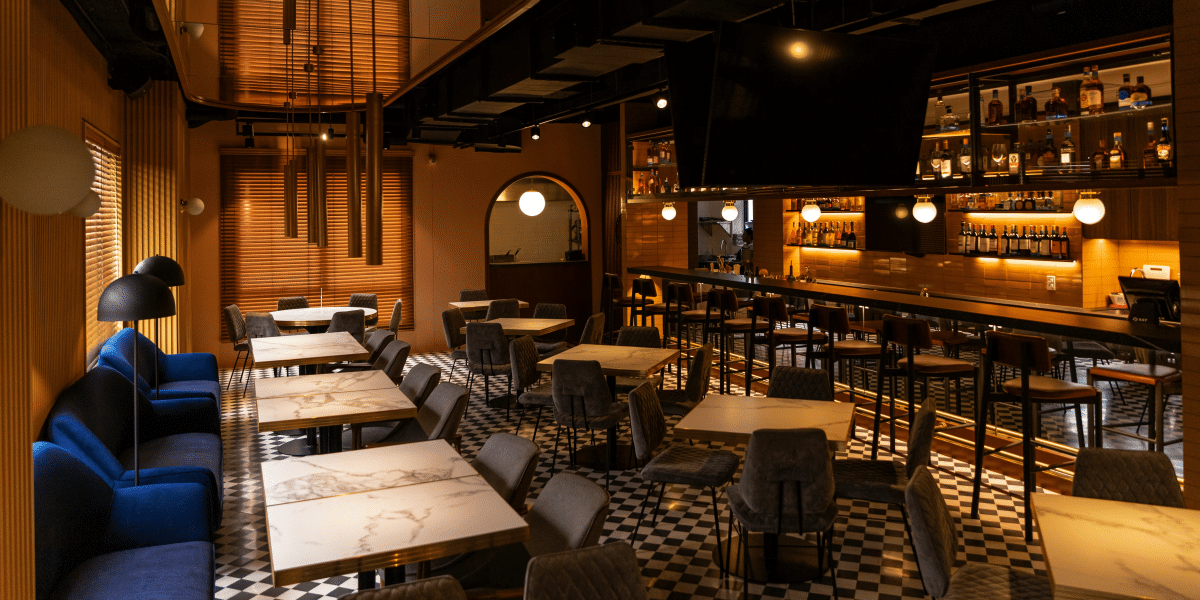By: John Glover (MBA)
In the ever-changing world of dining, staying ahead of the curve is more important than ever. As we enter 2024, the restaurant industry is buzzing with innovative trends that promise to redefine how we experience food and hospitality. From the resurgence of classic bistros to the excitement of pop-up bars with creative happy hours, these trends are not just fleeting fads—they’re shaping the future of dining.
Navigating this shifting landscape requires adaptability and foresight. Restaurant owners and operators are embracing these changes, integrating sustainability, and offering activity-based experiences to attract a diverse clientele. It’s a thrilling time for the industry, where innovation is the norm, and the possibilities seem endless. Join me as I explore the key trends making waves this year, offering insights into how these developments set new standards in the culinary world.
Embracing Plant-Based and Sustainable Practices
The restaurant industry is transforming greater sustainability and plant-based dining. Establishments focus on eco-friendly practices and menu innovations to meet rising consumer demands.
Plant-Based Menus and Alternatives
Plant-based menus are attracting increasing attention. Chefs are exploring creative and diverse dishes featuring legumes, nuts, vegetables, and whole grains. With global influences, plant-based burgers, pizzas, pasta, and sushi cater to varied tastes. High-quality plant-based proteins like tofu, tempeh, and seitan ensure satisfying dishes, meeting nutritional needs while supporting environmental goals.
Locally Sourced Ingredients
Locally sourced ingredients are essential for restaurants aiming to enhance sustainability. By partnering with local farms, businesses receive fresh, flavorful ingredients while reducing their carbon footprint. Offering local produce meets consumer demand for transparency and quality. With 62% of diners prefer restaurants with locally sourced options, this strategy benefits the environment and appeals to a significant market segment.
Innovative Dining Concepts
The restaurant industry is embracing creative approaches to enhance customer experiences. By integrating unique dining themes, establishments captivate guests and encourage social sharing.
‘Eatertainment’ Experiences
Restaurants now focus on providing more than just food by combining dining with entertainment. Guests can enjoy interactive tabletops, trivia nights, and themed dining that engage their senses beyond taste. By incorporating board games or virtual reality (VR) experiences where diners explore virtual gardens, venues create memorable visits. Offering these unique events helps drive social media engagement and attract diverse customers seeking more than a meal.
Technology and Digital Transformation
The restaurant industry is embracing technology and digital transformation as a pivotal trend. It’s an enhancement and a fundamental shift impacting every facet of operations.
Contactless Ordering and Payment Systems
In digital innovation, contactless ordering and payment systems have become essential. A significant 65% of patrons indicated they’d visit restaurants more often if self-service kiosks were available. These systems reduce physical interaction and enhance safety, aligning with consumer preferences for speed and hygiene. Advanced point-of-sale systems offer touch-free payments and contactless table ordering, which is crucial for improving guest experiences. Customers enjoy the convenience and safety these options offer, which also reduces staff workload.
The growing trend of mobile payment solutions highlights the need for tech-savvy approaches. Human contact isn’t required without cash, making transactions quick and safe. This shift not only appeals to tech-loving customers but also streamlines operations. As online orders rise, adopting technology like kitchen display systems helps synchronize front-of-house and kitchen processes. These systems boost efficiency from order placement to service by providing real-time order updates, enhancing overall customer satisfaction.
Personalized Customer Experiences
Harnessing technology, restaurants are crafting individualized dining experiences catering to each customer’s unique preferences, elevating satisfaction and loyalty.
Hyper-Personalization in Dining
Hyper-personalization incorporates data sources like past orders and dietary preferences to create tailored offerings. Restaurants now present customized menus showcasing dishes based on customers’ likes and dietary needs. Analyzing dining history allows for recommendations that resonate personally. Besides menus, personalized offers have become prevalent, with promotions based on individual preferences enhancing engagement. Reservation and seating preferences are now stored, making guests feel remembered and appreciated. The spotlight on dietary restrictions ensures allergy-friendly selections, fostering trust and safety during dining.
Community Engagement Initiatives
In connection with the community, restaurants are adopting initiatives reinforcing local ties and involvement. Many establishments partner with local businesses and farmers, promoting local talent through collaborations and events. Emphasizing sustainable sourcing, restaurants choose locally obtained ingredients, attracting environmentally conscious diners. Hosting community events and workshops provides interactive opportunities and educates participants on culinary arts. Engaging in charitable activities strengthens the bond with locals as events like fundraising and food donations demonstrate a commitment to giving back, enriching the restaurant’s local presence and reputation.
New Revenue and Marketing Strategies
Adapting to new revenue and marketing strategies is vital in the rapidly changing restaurant industry. These strategies leverage technology and data to improve customer engagement and financial performance.
Data-Driven Menu and Marketing Decisions
Data-driven insights enable me to understand customer preferences and improve menu performance. By analyzing data on customer orders, preferences and operational performance, I can refine menu items to better align with current trends. This approach helps anticipate future customer needs and adjust marketing campaigns accordingly. For example, when I notice an increase in orders for a particular dish, I can tailor promotions to encourage repeat purchases and enhance customer loyalty. Advanced analytics also allow me to strategically design loyalty programs and unique selling points, such as signature dishes, to set my restaurant apart from competitors effectively.
Conclusion
As we move forward into 2024, the restaurant industry is clearly on the brink of a transformative era. I’ve seen firsthand how adaptability and innovation are no longer optional but essential for success. From sustainable practices to tech-driven experiences, restaurants that embrace these trends will meet evolving consumer demands and thrive in a competitive market. It’s an exciting time to be part of this industry, and I can’t wait to see how these trends will continue to reshape the dining landscape. For restaurateurs, staying ahead means continuously evolving and tapping into these dynamic opportunities.
Published by: Holy Minoza

















